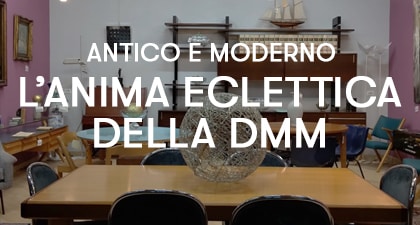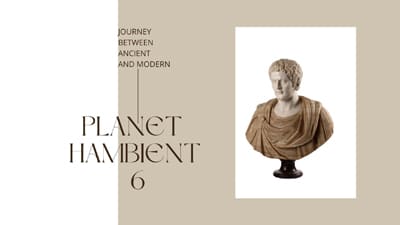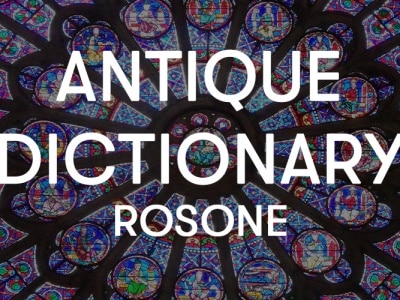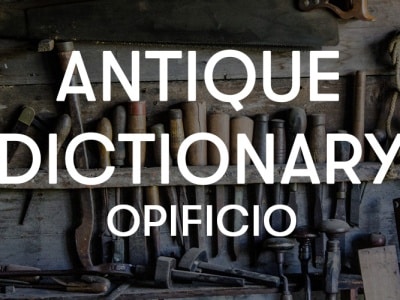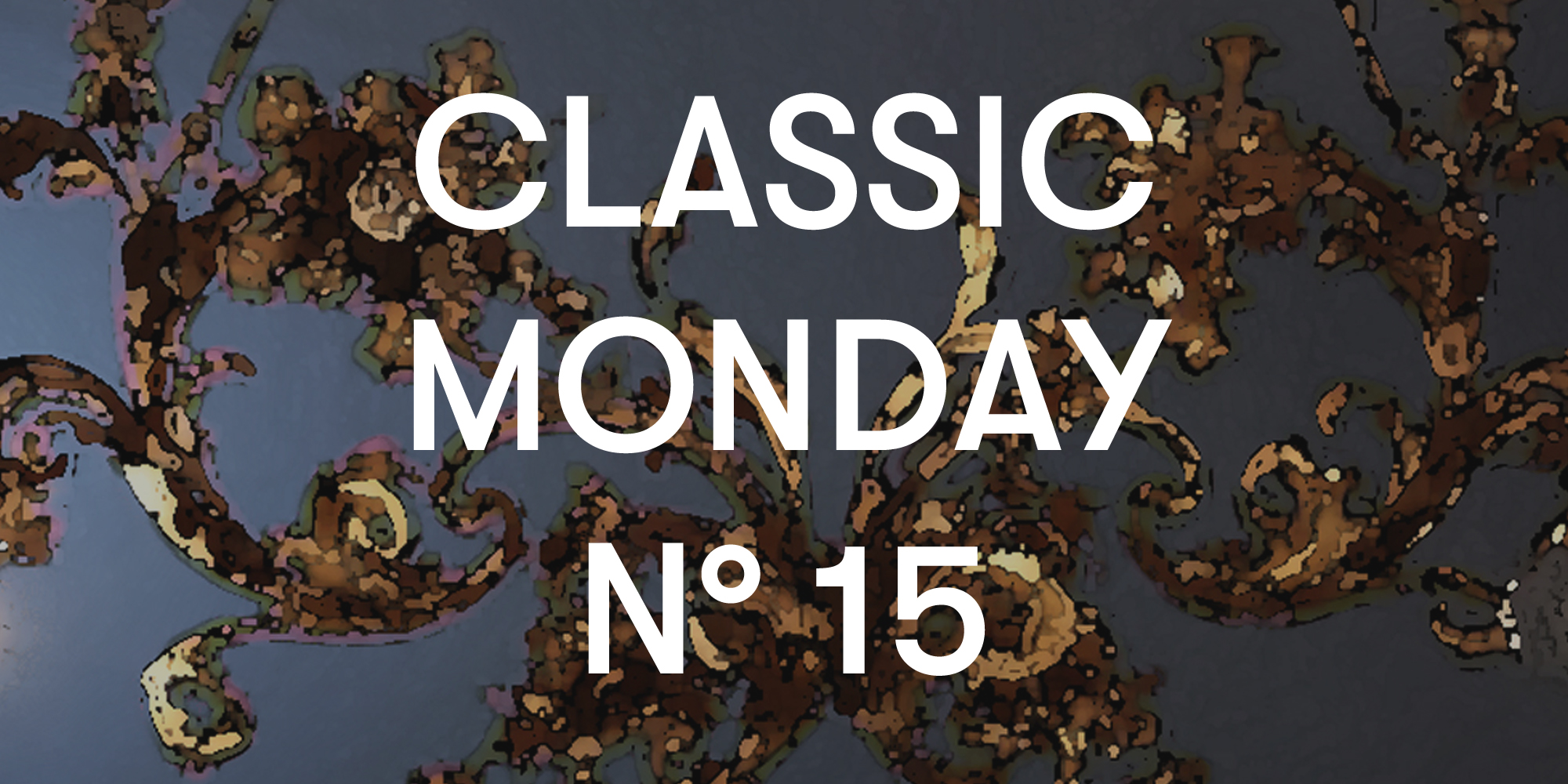
The great chandelier protagonist of our Classic Monday today, shows the taste of two different eras.
Born in the seventeenth century as two distinct wall lamps , they were joined at the beginning of the nineteenth century. The composition was thus adapted to form a chandelier, with the addition of concatenating irons ending in a head of golden leaves, through which it hooks to the ceiling.
If the assembly of objects is typical of the nineteenth century, characterized by a certain Eclecticism, the development of structure and decoration is expression of the Baroque style.

The wrought iron structure consists of two large volutes, from which various floral branches depart. These are decorated in wrought iron sheet with acanthus leaves and flowers and everything is golden, to embellish the final effect.
The Baroque taste was in fact inspired by natural elements, especially vegetable, and then elaborated its own decoration. The intricate floral branches lent themselves to being developed in an absolutely dynamic way, reflecting the much sought after magniloquence of the forms.

We are therefore witnessing a real overcoming of the construction of furnishings and accessories for simple essential forms.
The decoration becomes the main element, so much so that often, as in our case, it dominates the main structure, becoming one with it. The search for theatricality and richness translates into sinuous and elaborate forms.

In our chandelier, In fact, the leaves take on curled and almost serpentiform shapes. The sheet metal processing is expertly carried out, with deep folds that further enliven the surfaces and follow the line of structures. The leaves are also curled so Expert and particularly valuable is the realization of the corolla of flowers. The petals are admirably made, with a meticulous in the rendering of jagged edges and great attention was paid also dedicated to the central part. This is in fact made in carved wood and to resume the movement that characterizes the whole composition.
Valuable objects already in the seventeenth century, the pair of wall lamps was certainly appreciated in the following centuries, as evidenced by their reuse.
As already mentioned, the nineteenth century was characterized by the revival of different styles of the past, also through the revival and modification of furniture and accessories. It was in fact usual to change the intended use or the original composition of the apparatus, adapting them to the taste of the moment.
If in our case the destination as luminaria was not completely distorted, certainly the placement in space underwent a substantial modification. From lights leaning against the walls, in fact, the conversion into chandelier necessarily involved a shift to the center of the environment, perfectly visible from any angle.
Our chandelier has also certainly undergone a further subsequent change, characterized by the electrification of the two flowers facing the top, originally candle-holders.








